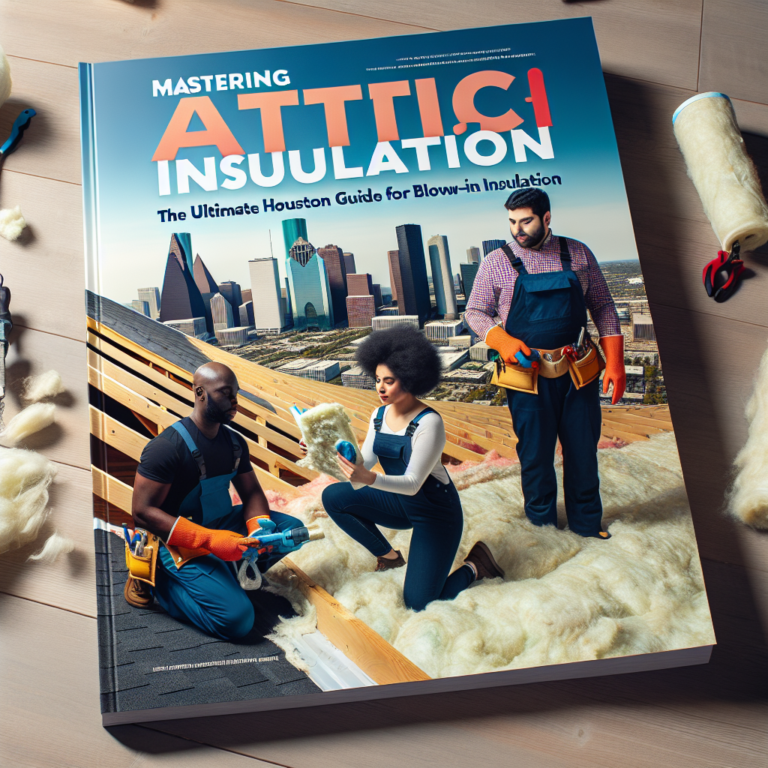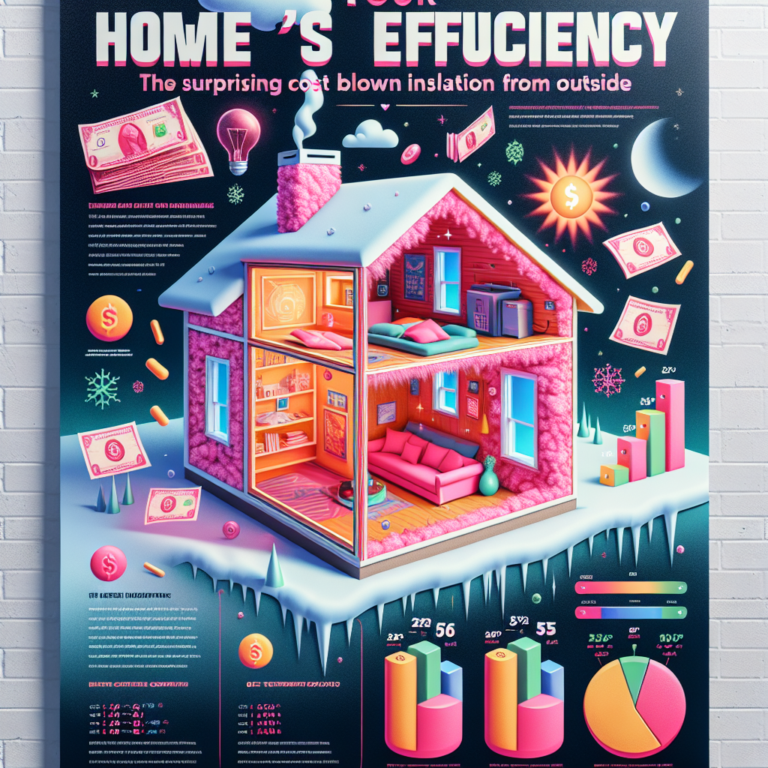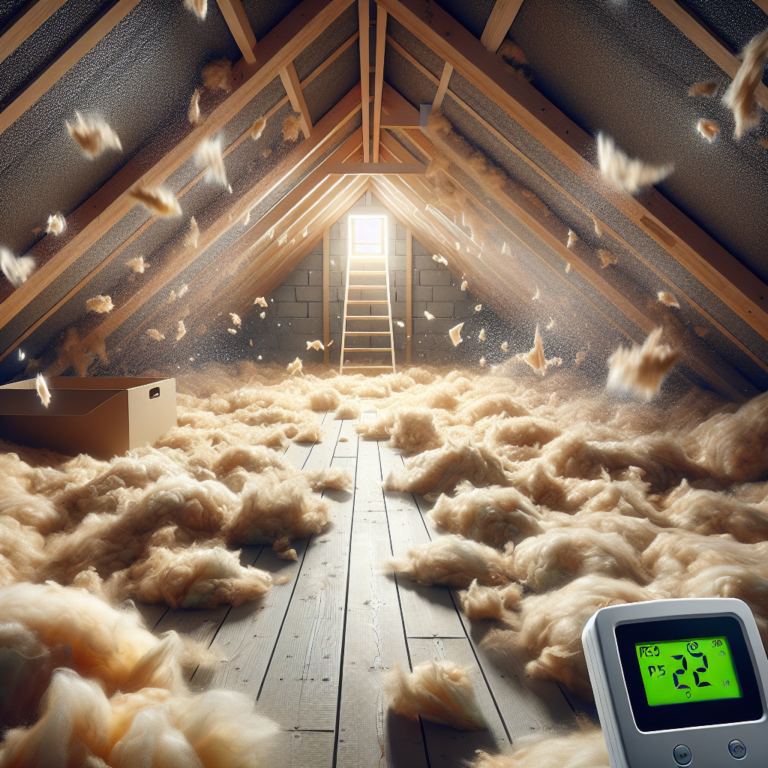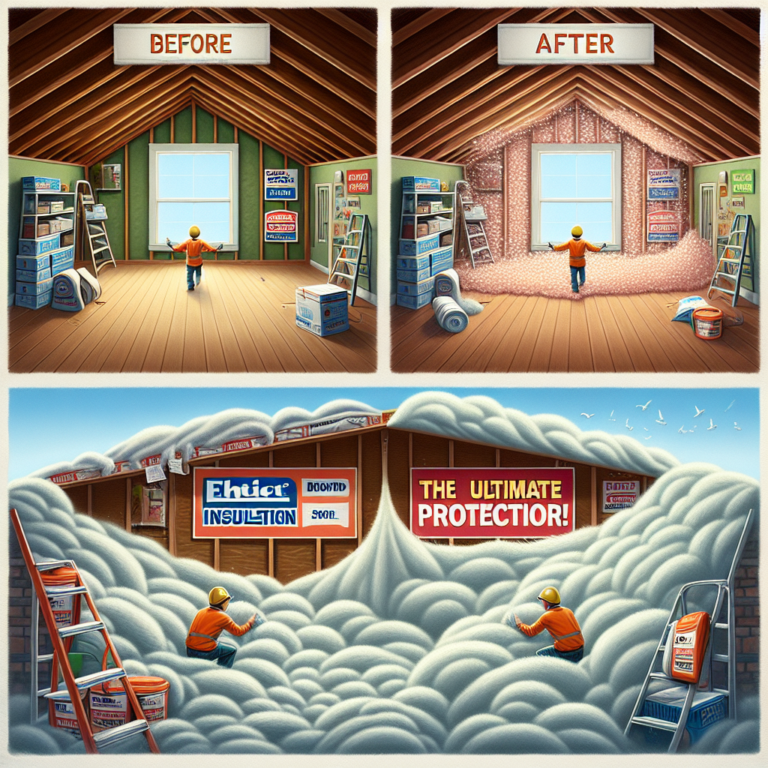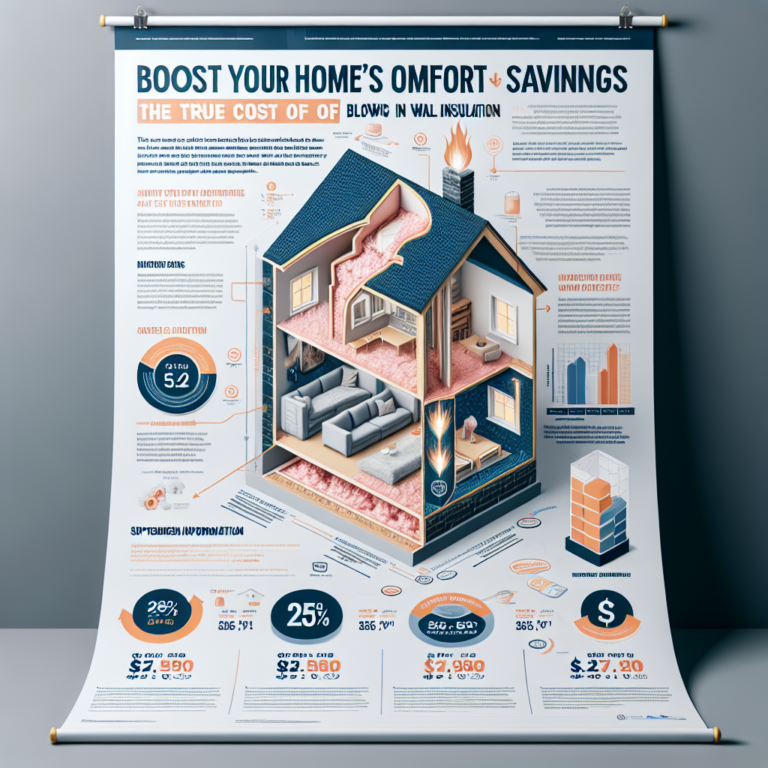Say Goodbye to High Costs: Removing Blown In Insulation Barrier
Table of Contents
1. Introduction
2. The True Cost of Removing Blown In Insulation Barrier
3. Why Removing Blown In Insulation Barrier Is a Smart Investment
4. The Process and Benefits of Removing Blown In Insulation Barrier
5. FAQ About Blown In Insulation Barrier Removal
6. Conclusion
Introduction
Blown in insulation barrier has earned its reputation for sealing out drafts, filling gaps, and boosting energy efficiency in homes and commercial buildings. Made from loose fibers—such as cellulose, fiberglass, or mineral wool—this insulation is blown into attics, walls, and crawl spaces, where it conforms to irregular surfaces and hard-to-reach corners. Over time, however, even the best-installed blown in insulation barrier can become compressed, contaminated, or outdated. In this article, we’ll explore why and how to remove blown in insulation barrier, what it costs, and how this upgrade can save you money and improve comfort.
H2: The True Cost of Removing Blown In Insulation Barrier
Before signing off on any removal project, it’s essential to understand the factors driving cost:
• Size of the Area: Larger attics and wall cavities require more labor and equipment time. A 1,200–1,500 sq. ft. attic typically costs between $1,500 and $3,000 to clear out.
• Type of Insulation: Fiberglass is often easiest to vacuum out, while dense cellulose or mineral wool may need specialized wet-breakdown machines.
• Condition and Contamination: Mold growth, pest droppings, or water damage demand extra precaution, disposal fees, and possibly mold remediation specialists.
• Accessibility: Tight crawlspaces or steep roofs add complexity, requiring extra safety gear or scaffolding and raising labor charges.
• Replacement Plan: Upgrading to spray foam or high-performance batt insulation adds material and installation costs, typically $2,000–$5,000 more depending on coverage and R-value.
Tip: If your blown in insulation barrier remains clean and properly settled, consider a “top-off” approach—adding fresh insulation over existing material—to save removal expenses.
H2: Why Removing Blown In Insulation Barrier Is a Smart Investment
Replacing old or degraded blown in insulation barrier may not sparkle like a kitchen remodel, but its payoffs are real and long-lasting:
• Lower Energy Bills: Over time, fibers settle and lose loft, creating thermal bridges and air leaks. New insulation restores airtightness, slashing heating and cooling costs by up to 20%.
• Improved Indoor Air Quality: Moisture-laden or pest-infested insulation can harbor mold, mildew, and allergens. Complete removal eliminates these health hazards.
• Structural Inspection Opportunity: Clearing insulation offers a clear view of rafters, joists, and wall studs. You might uncover leaks, rot, or electrical issues before they worsen.
• Higher Resale Value: Prospective buyers appreciate a professionally insulated, well-maintained home. Documentation of recent insulation removal and replacement can boost curb appeal and appraisal value.
• Warranty and Insurance Compliance: Some home insurance policies require removal of contaminated insulation to maintain coverage. New installations often come with manufacturer warranties and fire-resistance certifications.
H2: The Process and Benefits of Removing Blown In Insulation Barrier
A professional removal unfolds in four stages:
1. Assessment and Planning
– Inspect insulation type, depth, and condition.
– Identify hazards: mold, vermin, asbestos concerns.
– Develop a removal and disposal plan that meets local regulations.
2. Preparation
– Seal off vents, ductwork, and living spaces to prevent dust migration.
– Lay drop cloths and set up containment barriers.
– Don protective gear: respirators, coveralls, gloves, and goggles.
3. Removal
– Use industrial vacuums or specialized insulation removal machines.
– Systematically work from one end to the other, ensuring complete extraction.
– Bag and label waste for proper disposal or recycling where permitted.
4. Cleanup and Restoration
– HEPA-vacuum remaining dust and debris.
– Sanitize surfaces if mold or pests were present.
– Seal cracks, gaps, and penetrations before installing new insulation.
Key Benefits After Removal and Replacement
• Restored R-Value and Thermal Performance
• Enhanced Air Sealing and Reduced Drafts
• Elimination of Allergens, Pests, and Mold Spores
• Opportunity to Upgrade to Higher-Efficiency Insulation Types
H2: FAQ About Blown In Insulation Barrier Removal
Q1: How long does it take to remove blown in insulation barrier?
A1: A typical attic removal for a 1,200–1,500 sq. ft. space takes one to two days, including setup and cleanup. Wall cavity work may extend the timeline by another day or two.
Q2: Can I DIY remove blown in insulation barrier?
A2: While small jobs might be possible with rented equipment, complete removal often uncovers mold, asbestos, or pests that require professional handling. Hiring an experienced contractor ensures safety and compliance.
Q3: What do I do with the old insulation?
A3: Local waste management or hazardous material facilities often accept insulation. Contractors typically handle disposal, ensuring materials go to approved landfills or recycling centers.
Conclusion
Removing blown in insulation barrier can feel like a big upfront expense, but the long-term savings and health benefits make it a wise choice for any homeowner. By restoring energy efficiency, improving indoor air quality, and uncovering hidden structural issues, this project pays dividends in comfort, safety, and resale value. If you’re ready to say goodbye to high costs and reap the rewards of a freshly insulated home, consult a qualified insulation removal specialist today—your wallet and well-being will thank you.


